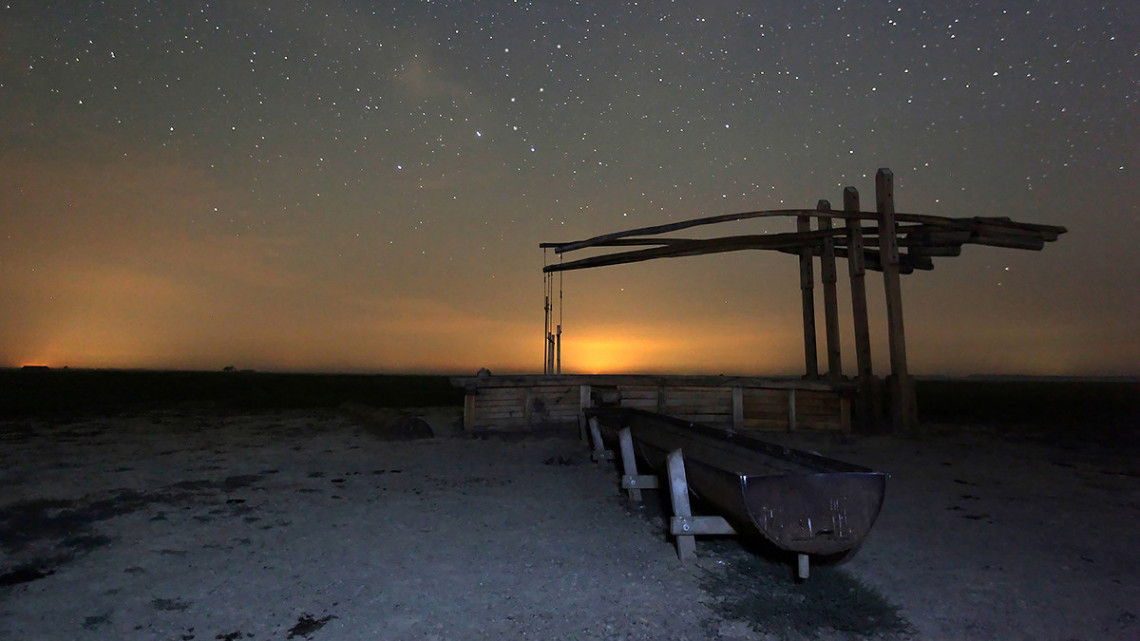The first national park in our country was established in 1973, with the aim of preserving and protecting the unique natural and ethnographic values of the region. The creation of Hortobagi National Park was aided by the Pro Natura Memorandum submitted to the government, which was certified by the signatures of 21 internationally renowned scientists. This year, Hortobágy National Park is trying to celebrate its half-century anniversary with a number of special programs, more information about which is available on the National Park website and social media platforms.
The national park was originally established on an area of about 52,000 hectares, which has expanded to nearly 82,000 hectares in the last 50 years. Its entire area is a biosphere reserve, and according to the Ramsarean Convention, more than 20,000 hectares belong to internationally recognized wetlands.
The entire region is a UNESCO World Heritage Site, which, in addition to Hortobágy, includes a large part of Nagykunság, as well as the architectural monuments that define the profile of the region, including the Kilenclyukú Bridge, the Hortobágy Inn, and the Shepherd Museum.
The International Star Shop Association (IDA) declared Hortobágy National Park the third Star Shop Park in Europe – To protect wildlife, landscapes and the starry sky. The national park has also been included in the UNESCO Thematic Program for Astronomy and World Heritage by linking the knowledge of the starry sky with the science of grazing. The star shop park has become an important element of eco-tourism attractions and environmental education in Hortobágy.

During the existence of the national park, important habitat restorations were carried out in the area, such as the reconstruction of the Konkabulnasi swamp, Ejek-Postakocci swamp, and Zam swamp. In addition, within the framework of the LIFE program, various wastelands, swamps and pastures have been rehabilitated. In order to protect the birds, overhead lines have been replaced and eliminated in the national park area.

In addition to preserving our natural and cultural heritage, display is also a priority. Hortobagi’s reputation was maintained for a long time by chariot riding and pony-showing in Mata. The traditional knowledge and customs of the shepherds who grazed large herds of herds are still one of the most important values of Hortobagi. While the Pusztai Animal Park presents the Hungarian fauna native to the Carpathian Basin, the Hortobagi Wildlife Park presents animal species that have already disappeared from the wild (wild horses, ancient wolves). The restored miniature railway over the ‘old’ lakes helps to offer rich birdlife.
This year, Hortobágy National Park is trying to celebrate its half-century anniversary with a number of special programs, more information about which is available on the National Park website and social media platforms.
Cover photo, photos: Attila Szilágyi
Cover image: Getty Images












































